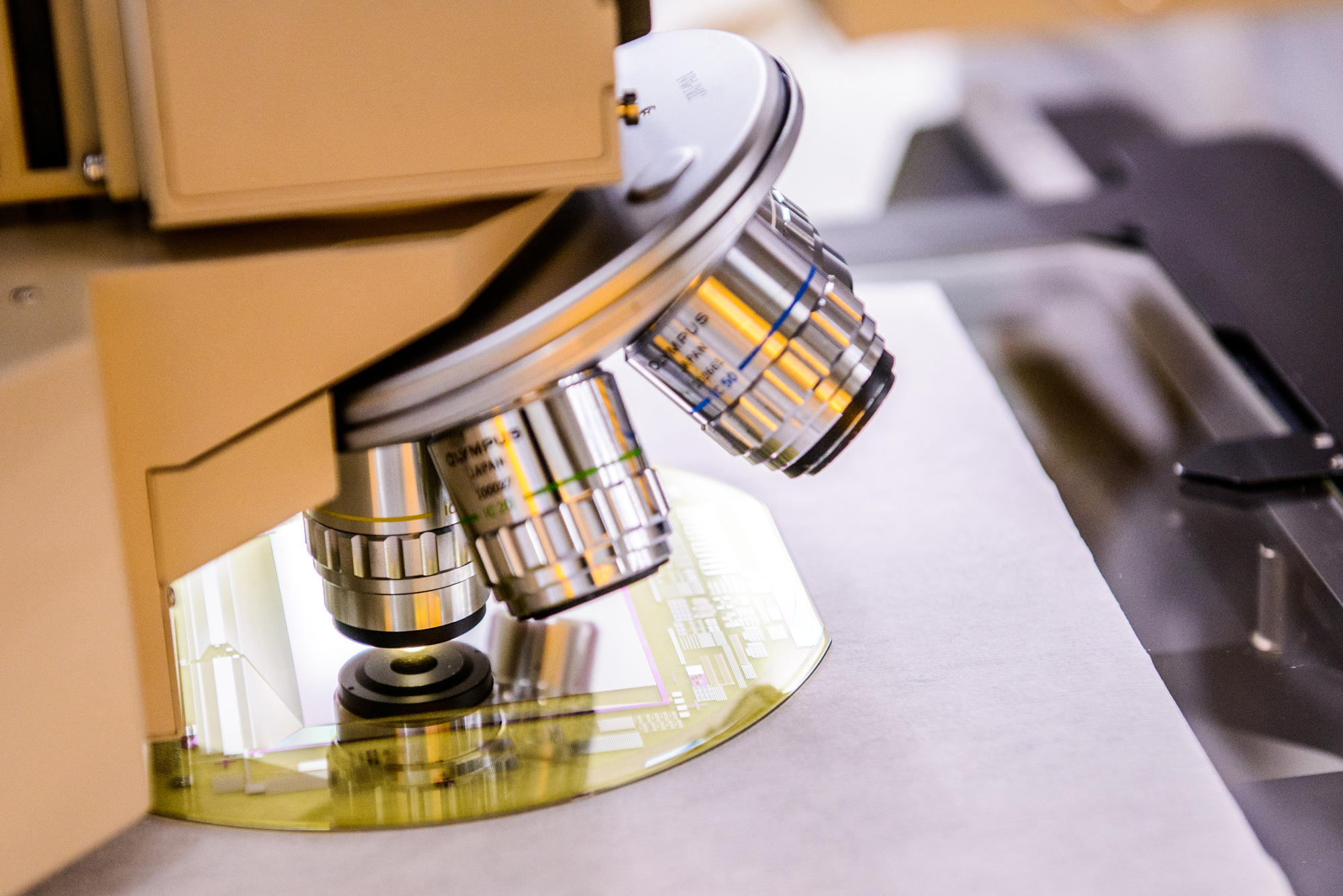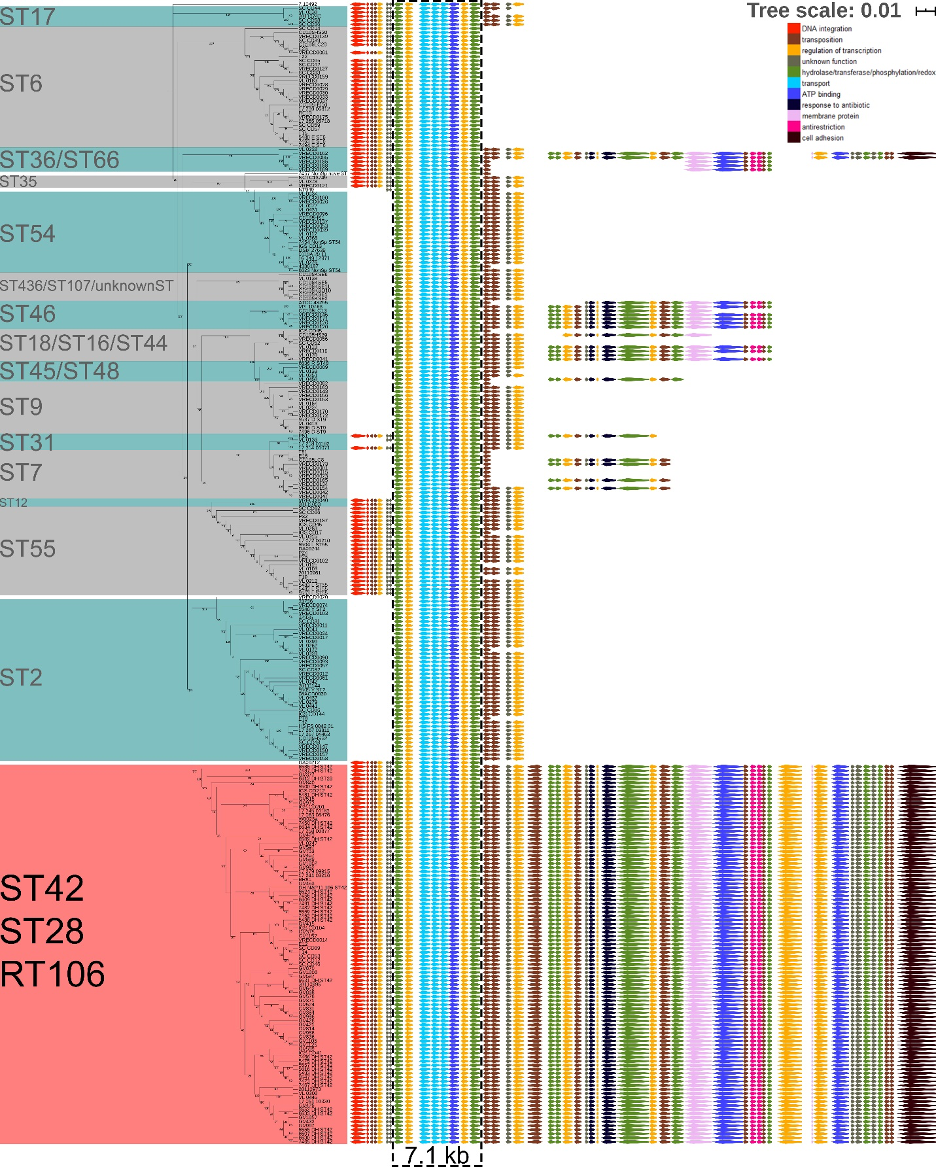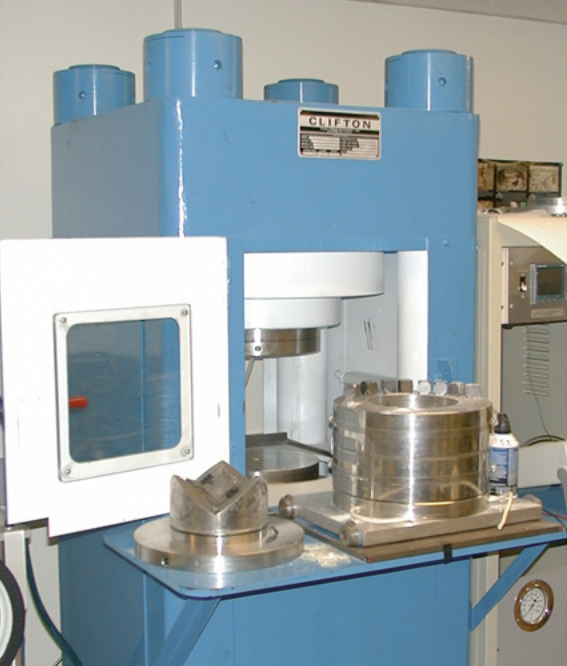


ASU Core Facilities continue to safely operate and are ready to support our community's research needs. We are excited to announce the launch of our new LinkedIn page, please follow us for additional resources and community information.
Articles
Using Sapphire for Biosensing: A New Way to Shape the Gemstone

ASU researchers, Chao Wang and Pengkun Xia demonstrate the first sapphire-supported nanopore membrane with improved cost-effective, low-noise performance over conventional silicon-based platforms for biomolecular sensing.
These devices were fabricated in the NanoFab using a variety of tools including Plasma Enhance Chemical Vapor Deposition (PECVD) silicon dioxide, Reactive Ion Etching (RIE), photolithography and Low-Pressure Chemical Vapor Deposition (LPCVD) of the silicon nitride membrane. Solid state nanopores devices have considerable interest as a potentially high-speed, portable and low-cost solution for detecting a variety of biomolecules, such as proteins, RNA and DNA, as well as studying molecular interactions.
Publications
Phylogenomic analysis of Clostridioides difficile ribotype 106 strains reveals novel genetic islands and emergent phenotypes

Clostridioides difficile infection is a major healthcare- and antibiotic-associated diarrheal disease. Consistent with trends across the United States, C. difficile RT106 emerged as the second-most prevalent molecular type in our surveillance in Arizona from 2015-2018. We focused on genomic and phenotypic characterization of all recovered RT106 isolates with the goal of identifying genetic factors contributing to the increased prevalence of this molecular type.
University of Arizona & Southern Arizona VA Health Care system authors include: Bryan Angelo P Roxas, Jennifer Lising Roxas, Rachel Claus-Walker, Anusha Harishankar, Asad Mansoor, Farhan Anwar, Shobitha Jillella, Alison Williams, Jason Lindsey, Sean P Elliott, Kareem W Shehab,V K Viswanathan, Gayatri Vedantam and ASU's KE Genomics Core.
Learn more about this research here!
Greigite (Fe₃S₄) is Thermodynamically Stable: Implications for its Terrestrial and Planetary Occurrence

The new experimental thermodynamic studies of bulk, nanophase, and monoclinic high-pressure forms of greigite (Fe₃S₄) confirm its stability in the Fe–S system and explain its common occurrence in sediments, magnetotactic bacteria and other ambient temperature environments under anoxic conditions.
ASU's School of Molecular Sciences authors include: Tamilarasan Subramani, Kristina Lilova, Mykola Abramchuk, Alexandra Navrotsky and Kurt Leinenweber from the Eyring Materials Center.
Learn about Greigite's thermodynamic stability and those implications!

